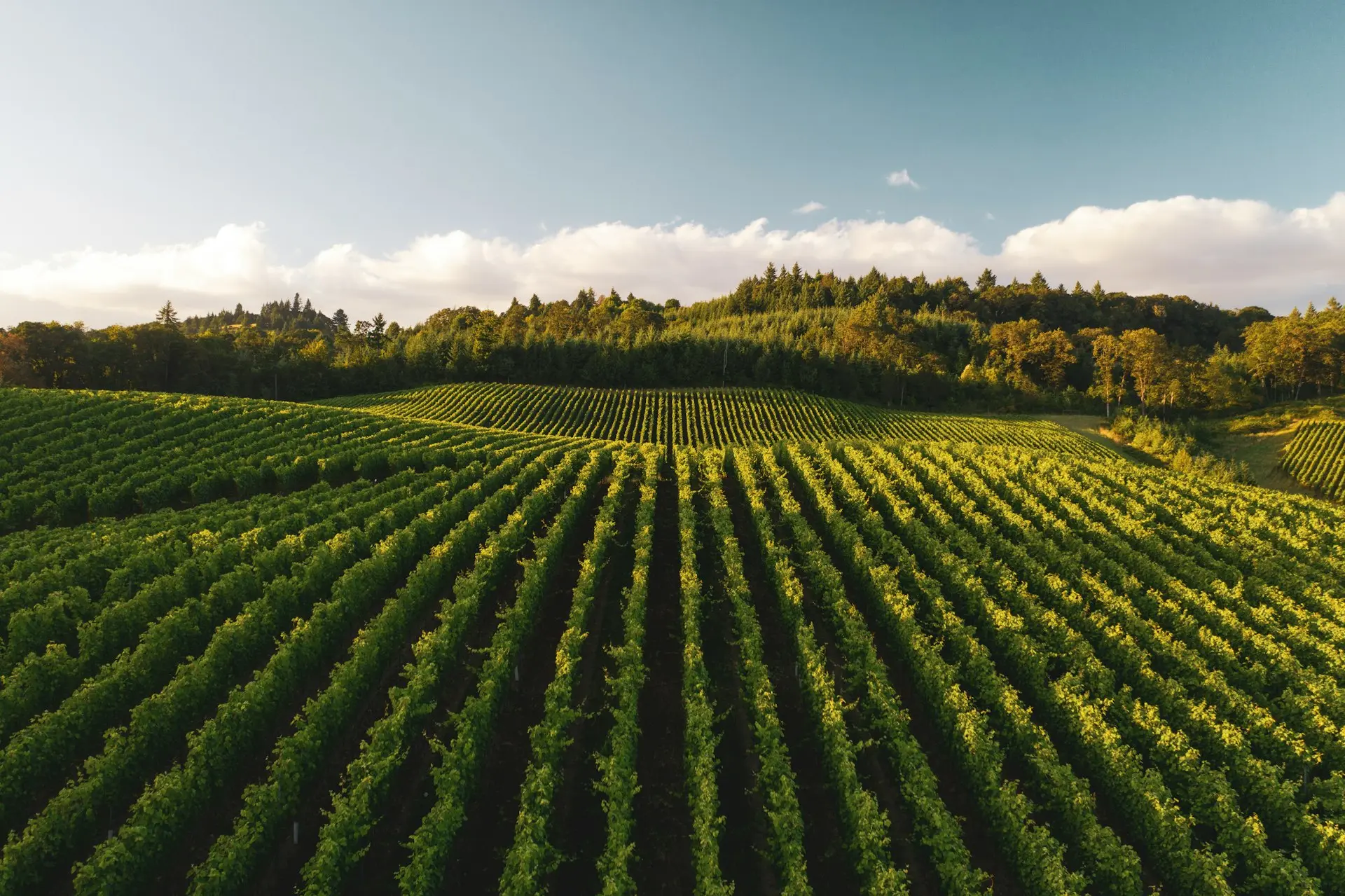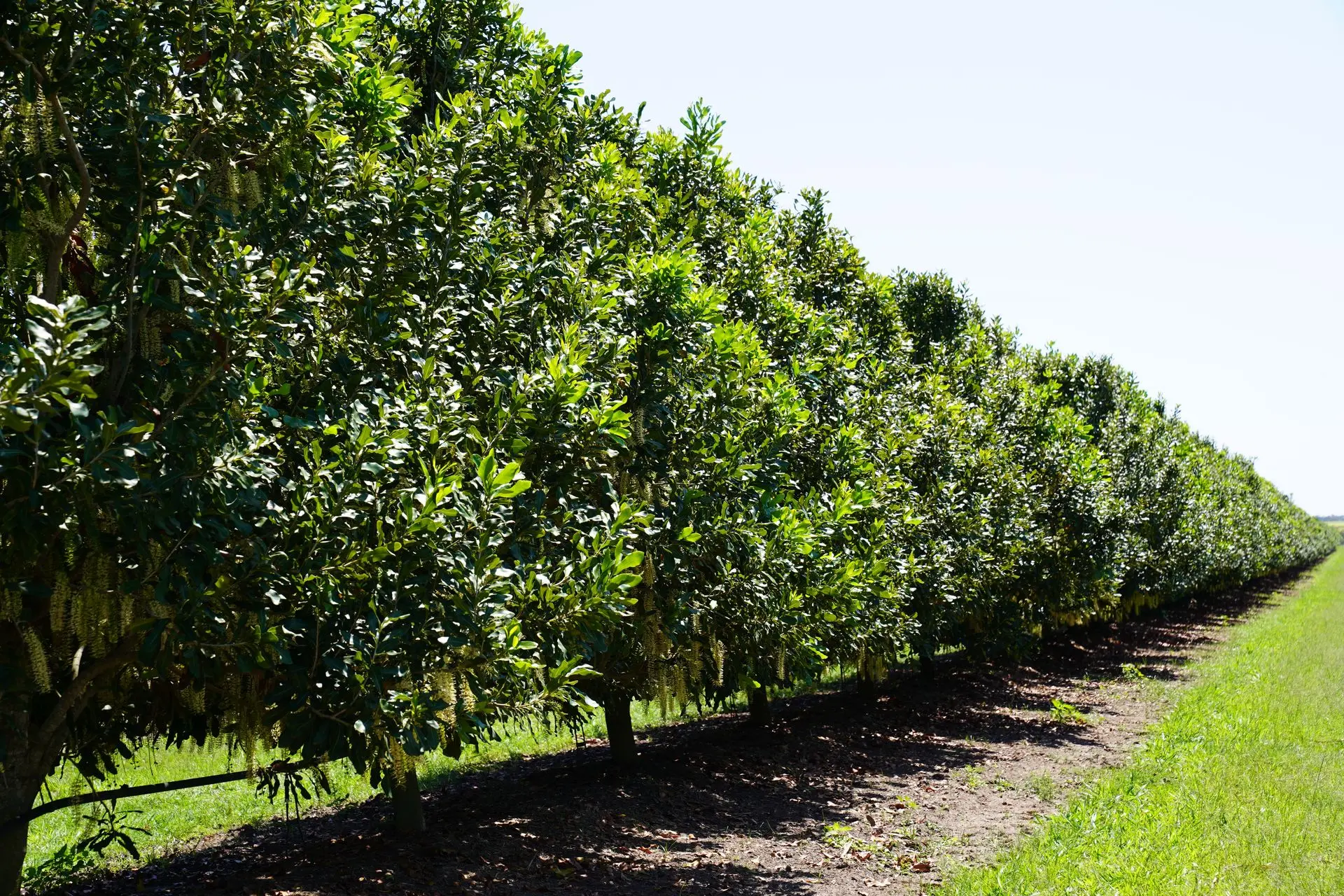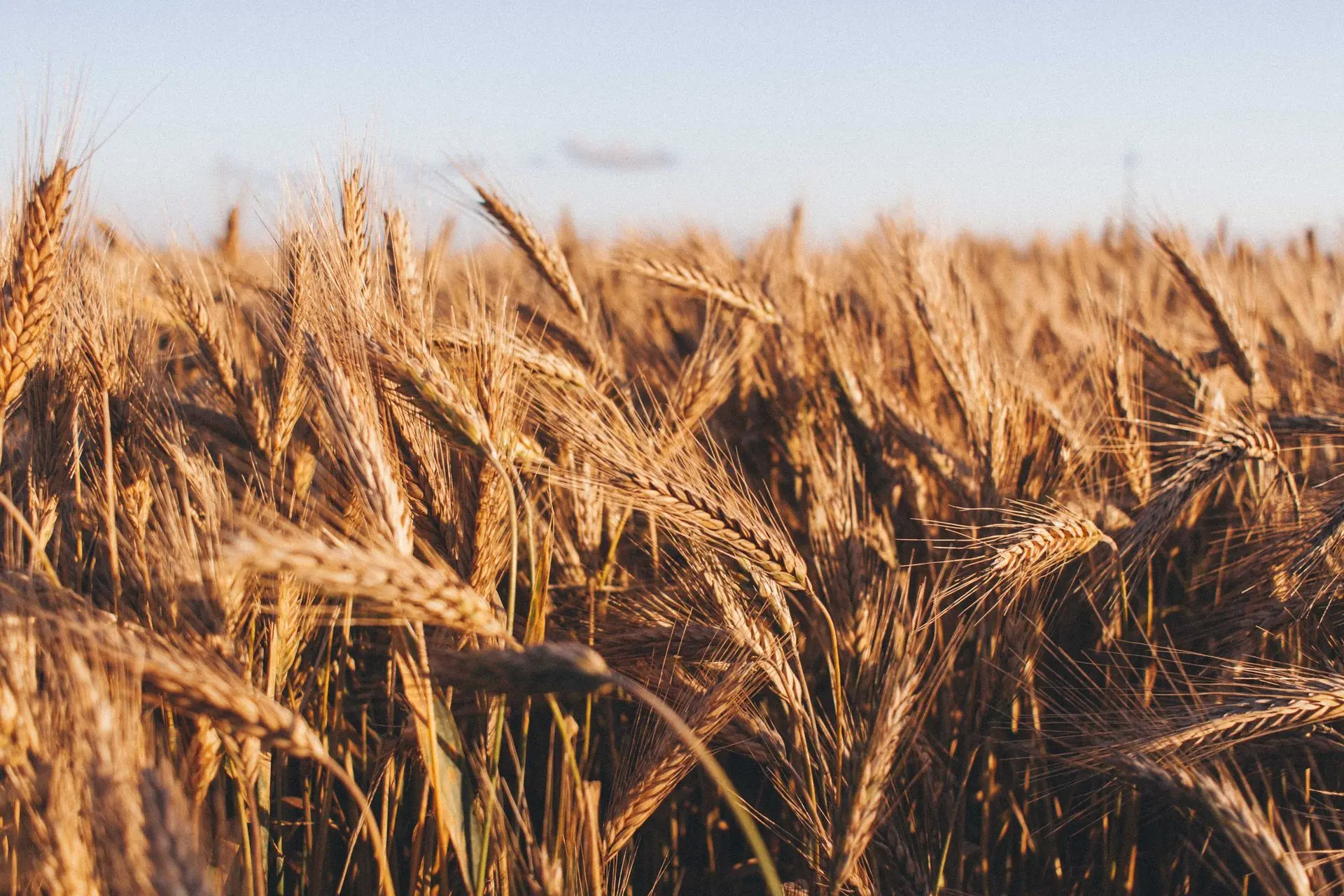Why Soil Testing is Essential?
Get accurate nutrient insights
Optimise your farm soil's health
Increase plant health and maximise yield
Soil Tests are a fundamental first step in creating a balanced soil that will deliver high quality plant growth and yields. By fully understanding your soil's needs, you can influence outcomes and, therefore, maximise your profits.
Creating a Balanced Soil Starts with Comprehensive Soil Testing
A comprehensive soil test allows you to work towards a balanced soil. A balanced soil can improve both plant health and soil health in a number of ways. Here are a few examples:
A balanced soil will have the right levels of essential nutrients, such as nitrogen, phosphorus, and potassium, that crops need to grow. This can help crops grow stronger and healthier, with more vibrant foliage and better yields.
A balanced soil will have the right amount of air and water. Aerated soil allows for better root growth and helps the soil to hold on to the right amount of water. This can help prevent waterlogged soil, which can lead to root rot, and can also help prevent soil from becoming too dry, which can stress plants.
A balanced soil will have a healthy population of microorganisms, such as bacteria and fungi, which play a critical role in breaking down organic matter and releasing nutrients for plants to use. A balanced soil will have a diverse population of microorganisms that can help improve soil health and provide better growing conditions for plants.
A balanced soil will have a good structure, which is important for root growth and water retention. A balanced soil will have a good amount of organic matter, which can improve soil structure and make it easier for roots to penetrate the soil. This can help plants grow stronger and healthier.
A balanced soil will have the right pH level for the plants you are growing. Each plant species has an ideal pH range and if the soil pH is too far from that range, the plant may struggle to absorb the nutrients from the soil. A balanced soil pH can help plants absorb nutrients more efficiently, leading to better growth and health.
Benefits of Soil Testing
A comprehensive soil test is an important tool for understanding the health of your soil and the crops growing in it.
Improve crop health and productivity
By analysing the soil’s pH, nutrient levels, and other factors, a comprehensive soil test can provide valuable information that can help you improve the health of your crops and the overall quality of your soil.
Unlock Your Soil’s Nutrient-Holding Power with TEC & CEC Analysis
A comprehensive soil test reveals your soil’s Total Exchange Capacity (TEC) and Cation Exchange Capacity (CEC), key indicators of its ability to hold and exchange essential nutrients like calcium, magnesium, and potassium. Understanding these values helps you optimize soil fertility and nutrient availability for healthier, more productive crops.
Optimise fertilisation strategies
Testing the soil is the starting point. We use an independent soil testing service which provides comprehensive test data presented in a format that is very easy to read and understand. This test includes a number of parameters not included in other tests.
Enhance soil organic matter and structure:
A balanced soil will have a good amount of organic matter, which can improve soil structure and make it easier for roots to penetrate the soil. This can help crops grow stronger and healthier.
Book a Comprehensive Soil Test
Unlock healthier soil and more productive crops
Soil Testing Process
Soil Sample Collection
Comprehensive Analysis
Actionable Recommendations
Step 1: Sample Collection
We begin by collecting soil samples from your fields to assess current conditions.
Step 2: Comprehensive Analysis
The collected samples are sent to an independent laboratory for thorough analysis, including parameters not typically covered in standard tests.
Step 3: Actionable Recommendations
Based on the test results, we provide easy-to-understand data and tailored recommendations to enhance soil fertility and plant health.
Book a Soil Test

Read Our Soil Testing Blog Article
Learn more about soil testing in our latest article, covering its benefits, common pitfalls, the process, levels of detail involved and other essential information for growers like you.
Copyright 2025
© Hybrid-Ag Pty Ltd
Customer Service
Contact Us
Privacy Policy
Terms of Service
Stay Connected
support@hybridag.com.au
(03) 5722 7555
52 Buckler Rd, Wangaratta Vic
3677, Australia


